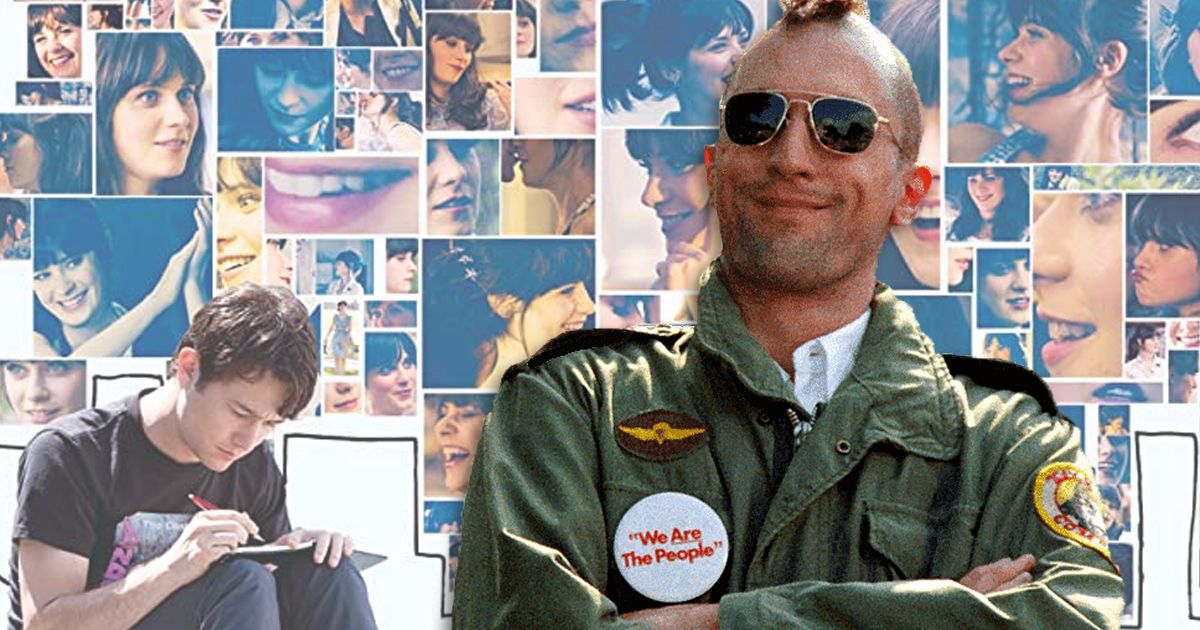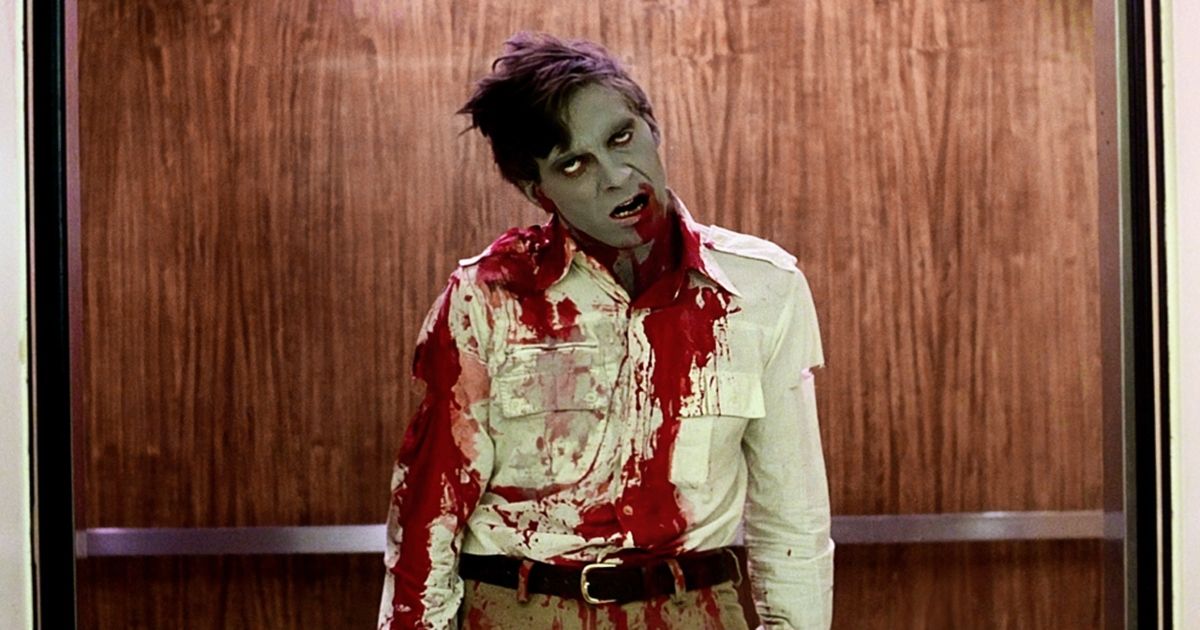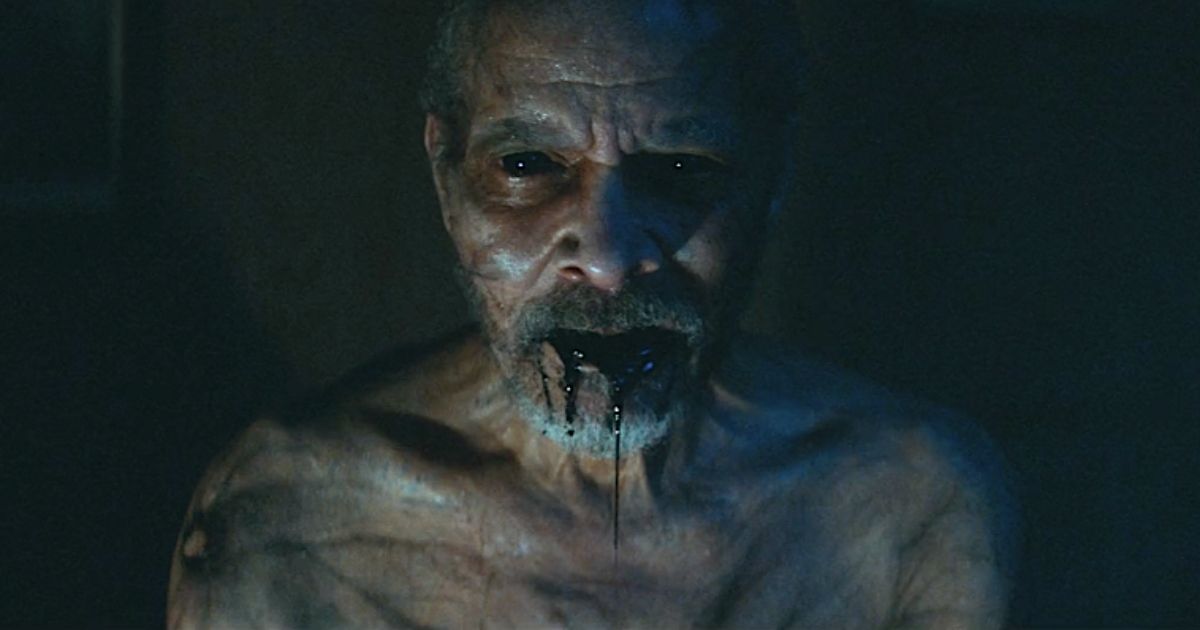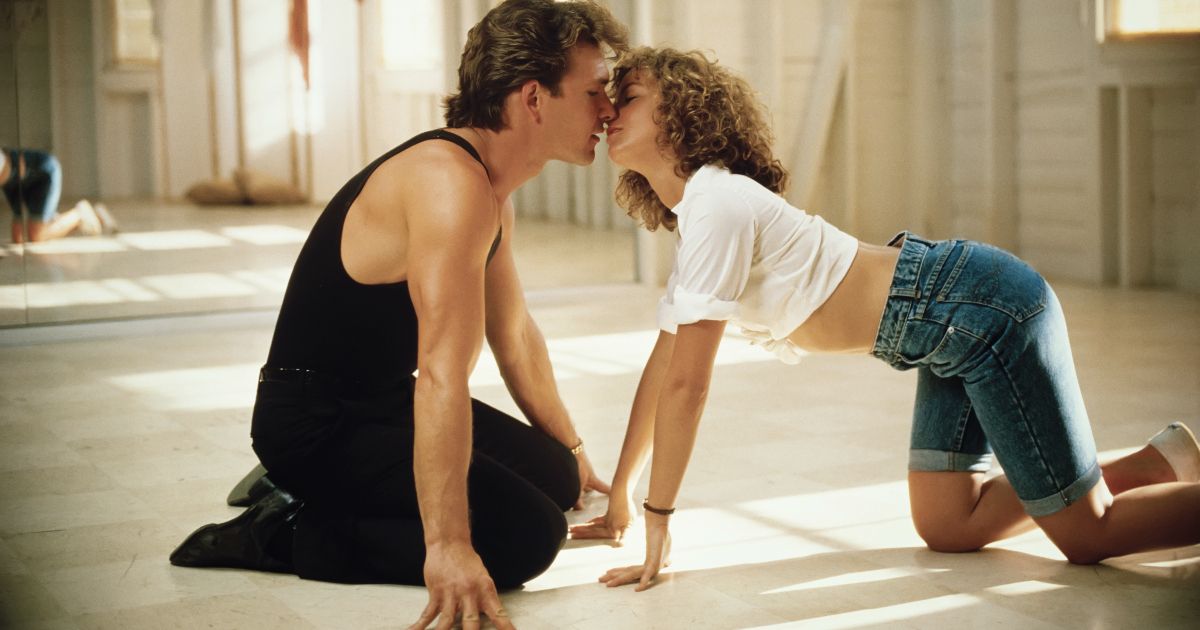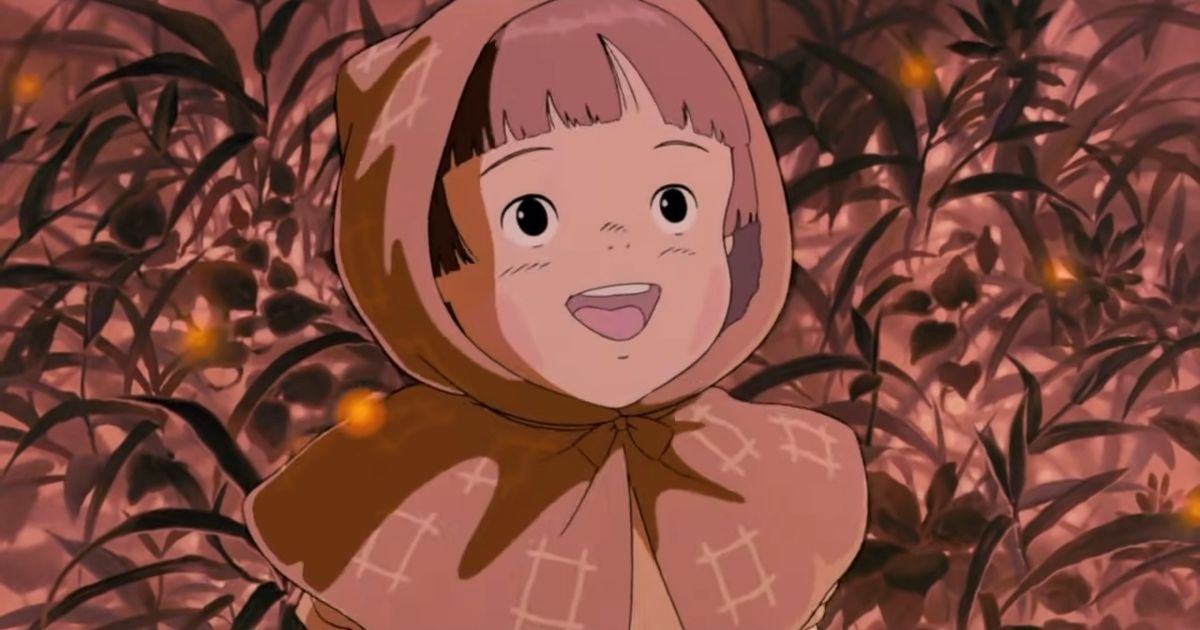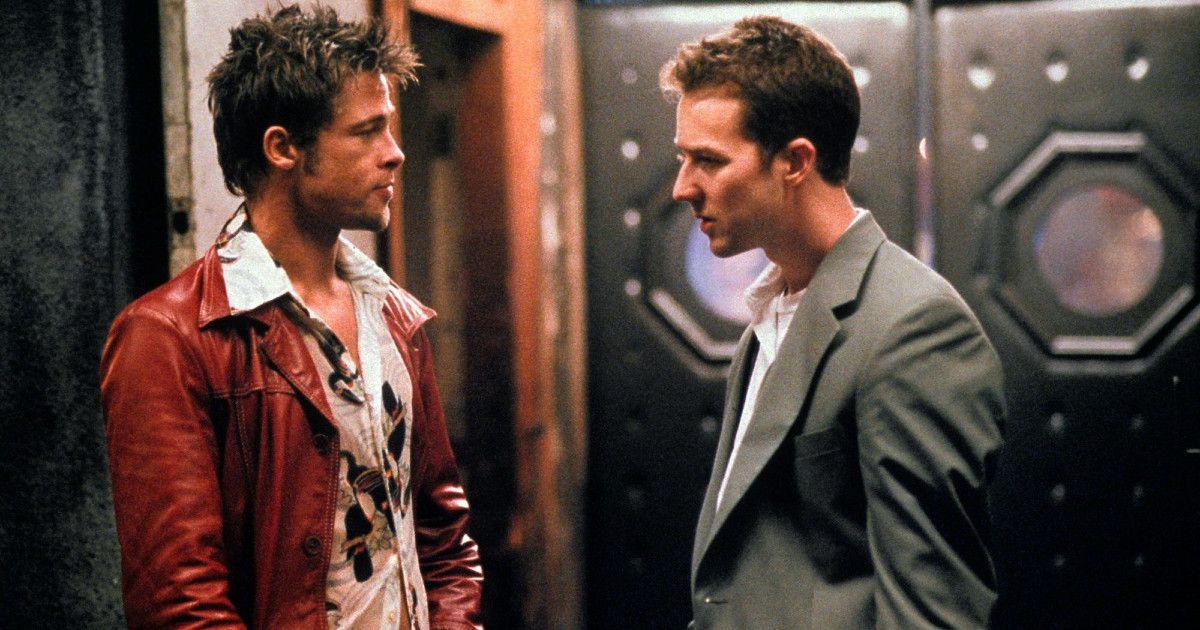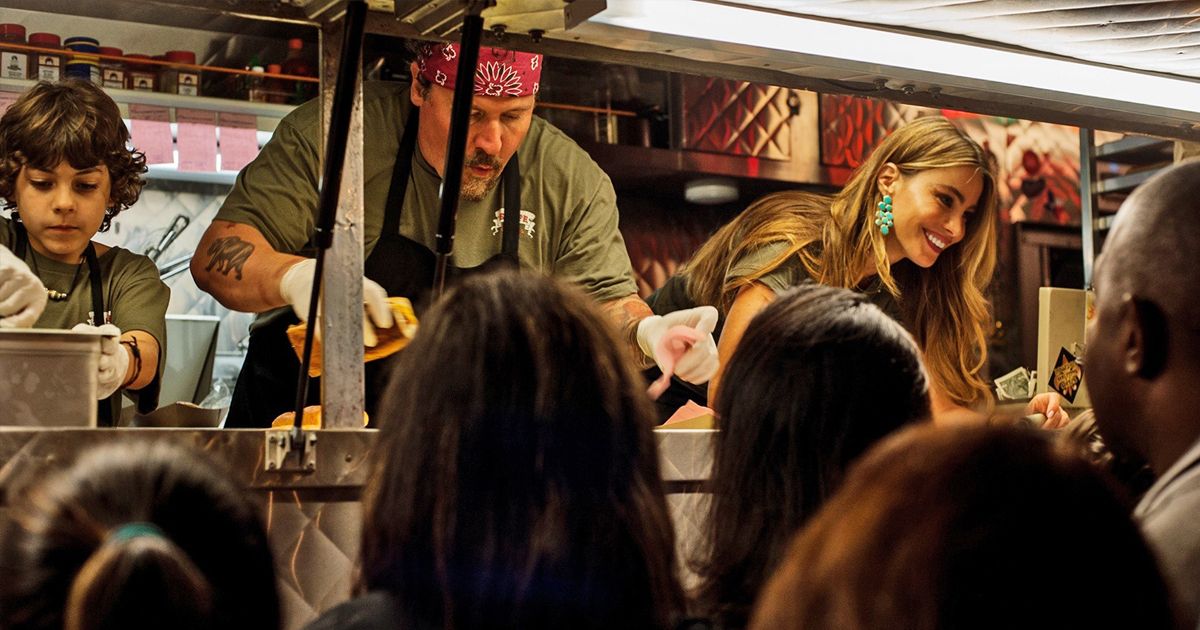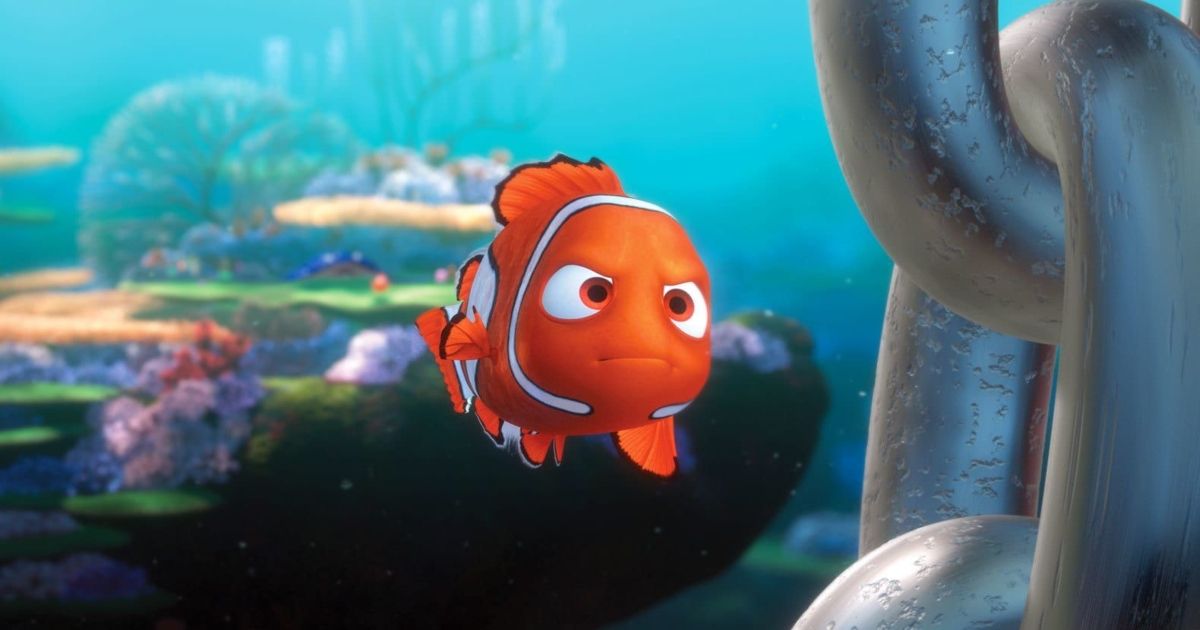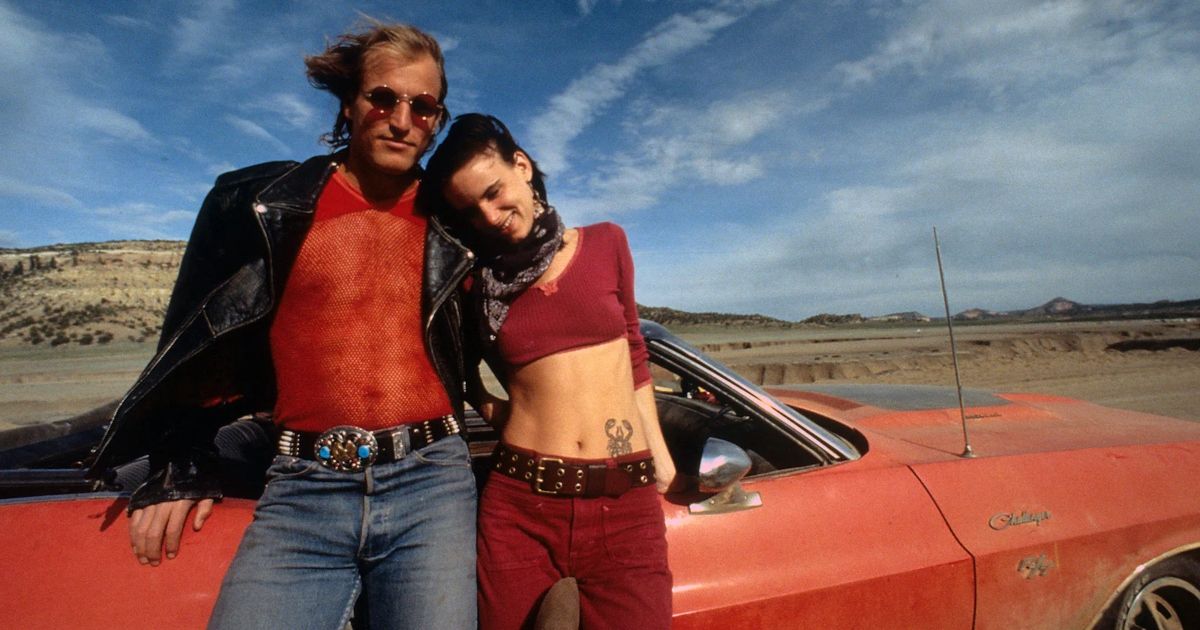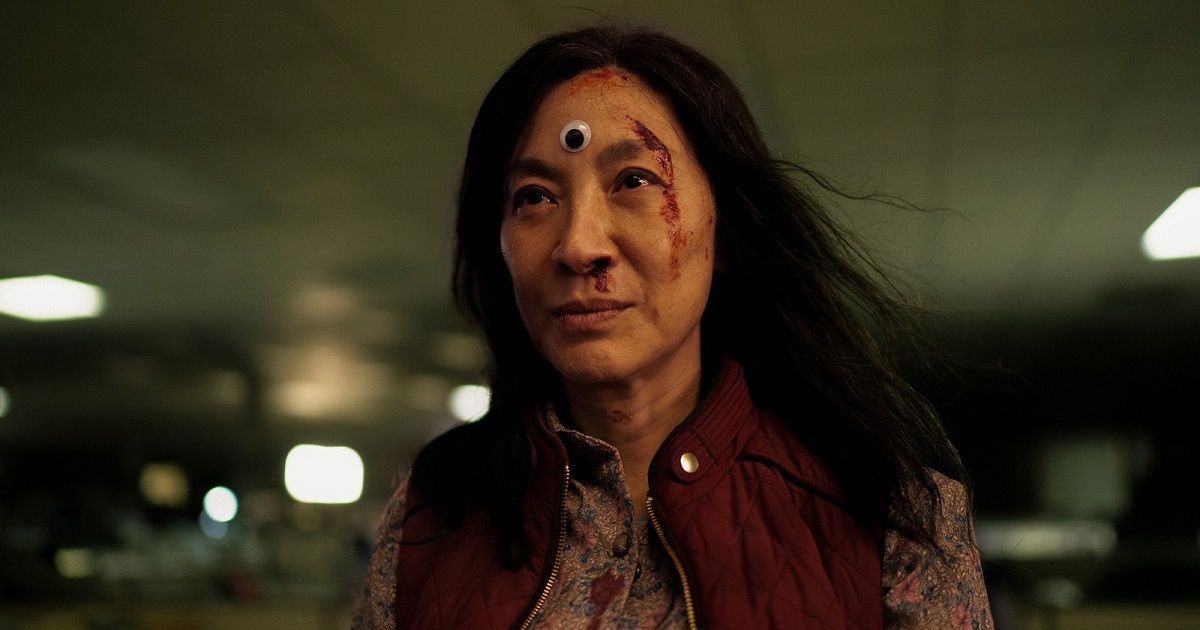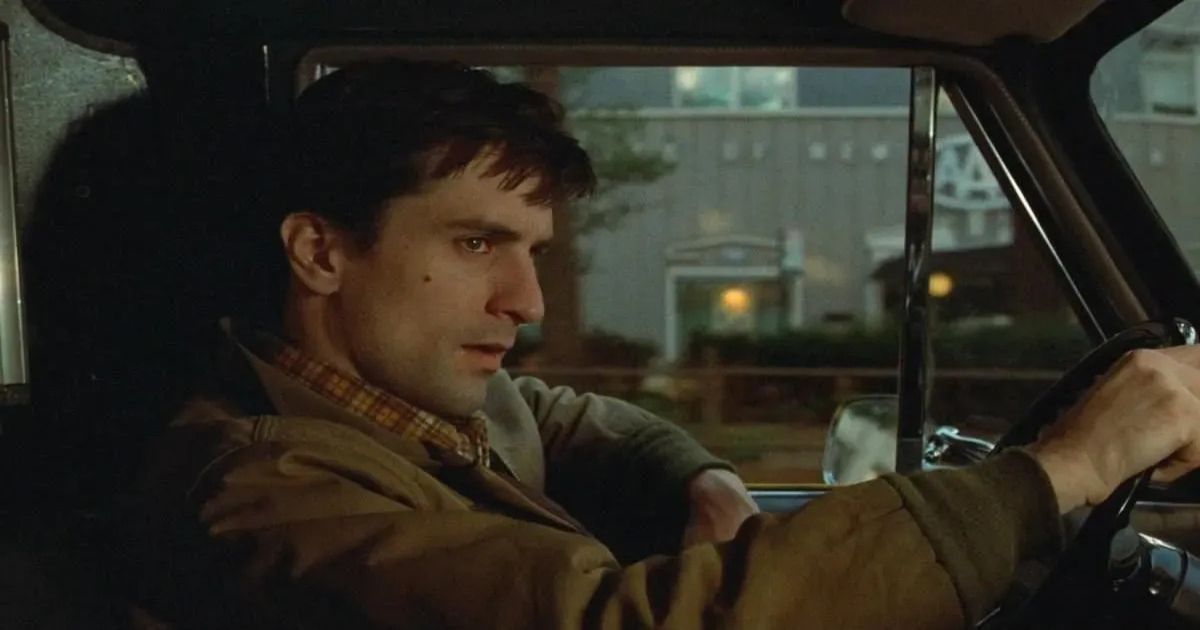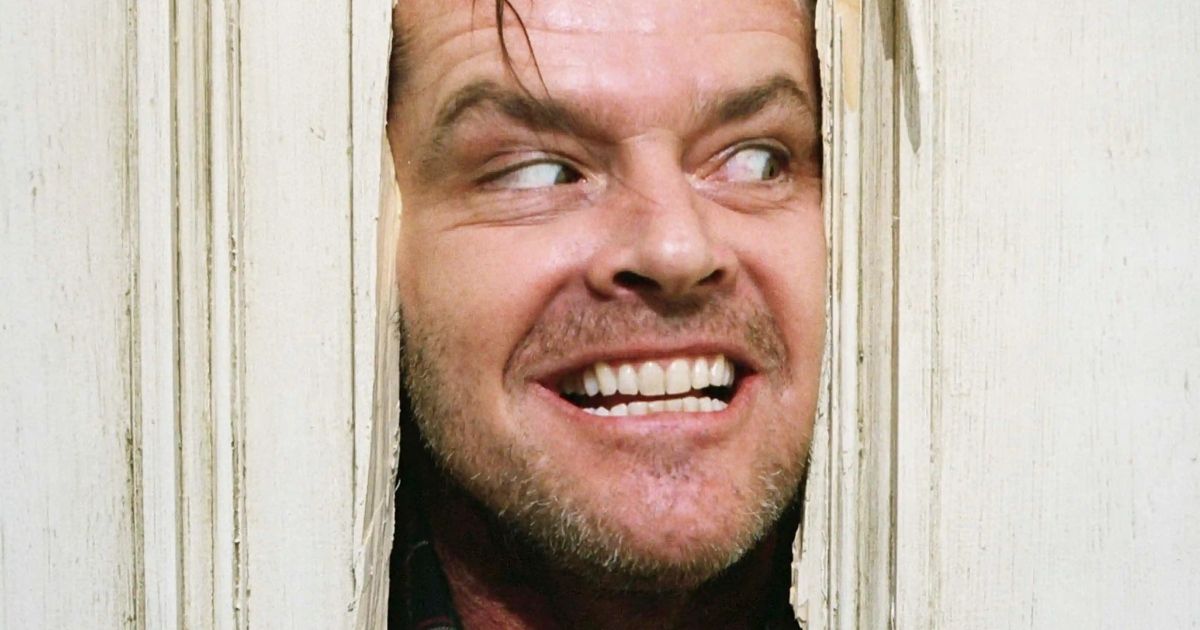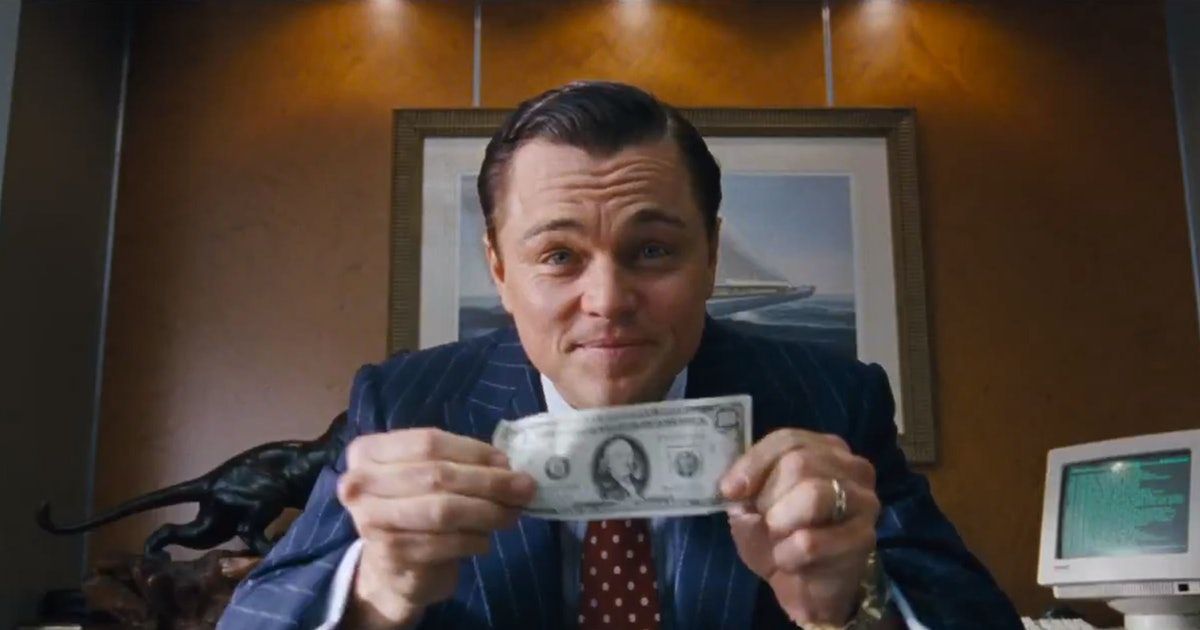Movies engage an audience first with the purpose of entertainment. A trip to the movie theater or a scroll through a streaming service, viewers are spoiled for choice. Movie-ticket sales combine to reveal how well a movie performed at the box office, but the reception is not just a numbers game.
An audience can either collectively dislike or be unanimously in love with a movie. Sometimes their level of enjoyment is mixed, causing feelings to turn into perceptions. Viewers can change their minds about a film as soon as they understand its ulterior meanings. Movies are open to interpretation, but some stories either go over the audience’s heads or play it too subtly so that viewers ultimately miss the true point of the story.
Updated on August 4th, 2023, by Emily Hughes: This article has been updated with additional content to keep the discussion fresh and relevant with even more information and new entries.
13 (500) Days of Summer (2009)
(500) Days of Summer was thought of as just another romantic comedy. Few viewers were aware that the genre was a perfect disguise for the movie’s detour from Hollywood expectations. The boy-meets-girl trope is there with stereotypes being changed for its commentary on relationships.
Tom Hansen (Joseph Gordon-Levitt) and Summer Finn (Zooey Deschanel) both work for a greeting card company, where they strike up a casual relationship. Tom’s feelings for Summer grow, but Summer doesn’t reciprocate the same romantic love for Tom. It turns out Tom’s smitten affection made Summer into an “ideal woman” in his head, one with whom he convinced himself he had a real, loving relationship. Even when viewers thought Tom might have learned his lesson, he almost immediately jumps into another relationship, missing the point just like some of the audience.
12 Dawn of the Dead (1978)
Dawn of the Dead could be chalked up as a survival horror zombie film, but director George A. Romero has a different point of view. Similar to how his first film, The Night of the Living Dead was considered a critique of racism in the 1960s, which for Romero was about the failure of communication in a time of crisis instead.
Similarly, Romero saw his sequel as an opportunity for a double meaning. The film takes place inside a mall, serving as the last place of sanctuary for its survivors. Romero was comparing the zombies to humans or shoppers who mindlessly and endlessly walk around stores as consumers.
11 It Comes at Night (2017)
Coming out of It Comes at Night, it’s understandable audiences may feel confused or even frustrated that many things are left seemingly unanswered. The apocalyptic horror largely takes place within an isolated area despite the threat of ‘It’, and the outside world being ever-present and driving the plot.
While it may have come as a point of confusion for many, the audience learns very little about ‘It’, as it’s written as the personification of fear. Director Trey Edward Shults has been very open about the inspiration behind the film coming from his relationship with his father, who he was estranged from until shortly before his passing. The real meaning of the film becomes clearer once the viewer reaches the understanding that ‘It’ is more to do with the emotions that come with fear; paranoia, grief, unease, and less an actual entity to appear on-screen.
10 Dirty Dancing (1987)
Dirty Dancing is a romantic drama dance film starring Patrick Swayze and Jennifer Grey. Swayze plays dance instructor Johnny Castle and Grey plays Frances “Baby” Houseman, who develops a relationship with Johnny on her vacation at the Catskills resort.
More than a season for love and dancing, the story that gets forgotten is with Johnny’s original dance partner Penny Johnson (Cynthia Rhodes). Penny gets pregnant by one of the resort staff, so she decides to get an abortion with Baby’s help. The movie represents a woman’s freedom of choice, especially since the film takes place in 1963, a decade before Roe v. Wade.
9 Grave of the Fireflies (1988)
Grave of the Fireflies is touted as an anti-war film, animated by Studio Ghibli. It follows two siblings who become war orphans in Kobe, Japan during War World II. They are forced to survive after the bombing of their city, using the last of their mother’s money.
The film shares the theme of the loss of innocence, but it also touches on the generational conflict of being born at the wrong time and wrong place. The young didn’t ask for a war-torn country. They also understand too soon how their elders provided them with support while they were still alive.
8 Fight Club (1999)
Fight Club is notorious for its anti-establishment and consumerist bashing. Its pro-stance on individuality, albeit through a misguided hypermasculine lens forces a radical change in a clinical, mundane world. That change comes in the form of a return to basics and a complete absence of comforts.
The irony of the film is that to rid the world of all comforts, some of which make people’s lives easier rather than counterproductive or stagnant, is also problematic. The ending shows that extremism at either end of the spectrum has debilitating consequences for the greater good and the individual. But most fans just enjoy the brutal fight club for its more basic rewards.
7 Chef (2014)
Chef is a heartwarming and comical film about fatherhood, love, and learning to do what you love, but the feel-good film has a hidden meaning that’s close to director Jon Favreau’s heart. The film is partially autobiographical, swapping his career as a filmmaker with the main character Carl’s career as a Chef. Carl faces issues with the owner of the restaurant he works in, leading to the breakdown of Carl and restaurant owner Riva. On a trip to Miami, Carl reignites his passion for food and decides to open a food truck, where he can be his own boss.
Fans of Favreau’s career may notice parallels between Carl’s issues with working in a restaurant, and Favreau’s experience making big-budget movies, particularly Iron Man 2. Favreau reportedly felt very creatively restricted throughout the film’s development and experienced a burn-out where he took a step back from big-budget films. However, after taking control of his filmmaking and reigniting his passion, Jon Favreau went on to make Chef and many other well-received TV and film projects, much like Carl and his food truck.
6 Finding Nemo (2003)
Finding Nemo became one of the most successful animated films from Disney and Pixar. The colorful sea life and the clown fish were popularized by many fans. What they didn’t know was that the story was much more than a boy separated from his family.
Nemo represents the oceans of fish that are removed from their habitat and ecosystems all the time, hurting the environment in the process. The cruelty is understood best with a group of fish trying to escape their fish tank prison inside a dentist’s office.
5 Natural Born Killers (1994)
Natural Born Killers is an ironic glorification of murderers. Mickey Knox (Woody Harrelson) and Mallory Wilson Knox (Juliette Lewis) were ordinary people until they became buzzworthy celebrities for a brutal string of murders. Stirring up sensationalism and profit from their publicity, bad news of killings pique people’s morbid curiosity.
Unfortunately, the film inspired copycat crimes in youths looking to emulate the popularity of committing murders of their own. The painful, societal truth from the film is that people are treated like main events, even when tragedy befalls them, and those who caused their tragedy are sources of twisted entertainment.
4 Everything Everywhere All at Once (2022)
Everything Everywhere All at Once is a chaotic, funny, and heart-warming film about family and relationships, and the end of the universe. Protagonist Evelyn has a strained relationship with her husband Waymond and daughter Joy and is feeling let down as she didn’t see herself working in a laundromat. Joy just wants her mother to accept her relationship with her girlfriend Becky, and Waymond feels their relationship is failing and just wants to talk it through.
When trying to sort out their taxes, Evelyn suddenly gets pulled into a conflict within the multiverse. However, with the chaos and humor, it can be easy to miss the actual message of the film. The film, at its heart, is all about the importance of being kind and accepting of others, and looking for the joy in the mundane.
3 Taxi Driver (1976)
Taxi Driver follows Vietnam War veteran Travis Bickle (Robert De Niro) who drives a taxi at night in seedy New York. His PTSD, depression, and loneliness create episodes of insomnia and existential crises. Wanting to make a change in the crime-ridden city, he decides to pursue and free an underage girl from her life of prostitution.
When the public hails him as a hero, a woman he briefly and unsuccessfully dated catches a ride with him. At her destination, she asks for the cost, to which Travis smiles and drives away. His sly smile at the end shows that he hasn’t cured New York of its ails, and he’ll continue to make a change again and again, even if it endangers him. Of course, the slightly ambiguous ending comes after a scene where Travis Bickle potentially lost his life in the ensuing gunfight, leaving many fans to question which ending is accurate and whether or not they are idolizing a hero or a madman.
2 The Shining (1980)
The Shining is ripe with fan theories that give the movie a life of its own. One is that the setting, the Overlook Hotel, is haunted due to it being built on a Native American burial ground. Others point to the familial abuse, and possibly the sexual abuse, from the main character, citing the sexual imagery his son is privy to in the book and TV adaptations.
The most obvious and overlooked meaning of the film is the spotlight on alcoholism, which writer Stephen King had struggled with during the making of the adapted novel. Even the ambiguity over whether or not the Overlook is really haunted or whether the main character Jack is just losing his mind due to the isolation has divided fans for years.
1 The Wolf of Wall Street (2013)
The Wolf of Wall Street emphasizes the world of excess lived by former stockbroker and financial criminal, Jordan Belfort. Leonardo DiCaprio portrays the greed and drug-addled lifestyle of a businessman who ran fraudulent schemes and made millions off of honest, hard-working people.
Audiences thought it celebrated and lionized debaucheries and the fast life of a sect of selfish people. The amount of excess shown in the film was not to condone the actions of Belfort but to push the negative effects of using people, lying, cheating, and stealing.
This story originally appeared on Movieweb

